#Australia Forest
Explore tagged Tumblr posts
Text
Walhalla, Victoria
#forest#forestcore#railway#trainride#rainforest#australian flora#Australia Forest#greenery#canopy#Forest canopy
13 notes
·
View notes
Text
🐨 🐨 🐨
#koala#baby koala#animal#australia#forest#animals#wild life#cute#wild animals#pics#art#landscape#scenery#nature#travel#amazing#aesthetic#beautiful photo#traveling#photagraphy#hayvan sevgisi#cok tatlı#şiŕin#şeker#tatlı#bebek koala#doğal yaşam#vahşi yaşam
3K notes
·
View notes
Text






pink flowers | pink dawn | raindrops
#photographers on tumblr#original photographers#nature photography#nature#landscape#western australia#landscape photography#australia#lensblr#photography#flowers#flower photography#flora photography#flora#dawn#pinkcore#pink aesthetic#pink#artists on tumblr#raindrops#forest#cottagecore#cottage aesthetic
2K notes
·
View notes
Text
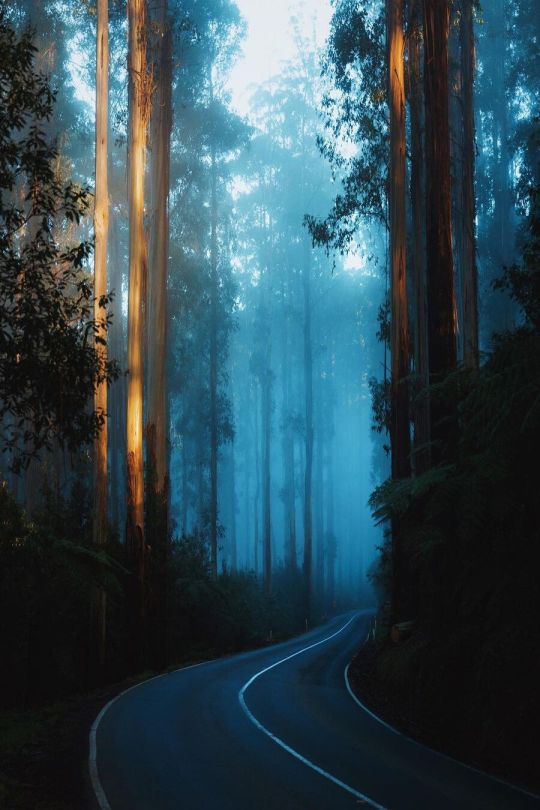
( by itchban)
#vertical#landscape#x#a#curators on tumblr#watsf#trees#itchban#mist#fog#forest#road#path#Victoria#Australia
5K notes
·
View notes
Text


dominATE MELBOURNE soundcheck // bokmal915
#felix#lee felix#stray kids#skz#dominate tour#mine*#mine: felix#bystay#skzco#hyunlixsource#staydaily#dancerachasource#i just had to gif this#he's SO captivating to look at#so PIXIE coded#he could 100% lure me into a forest and steal my soul idc 😫#also real talk#australia looks so good on him#i'm so happy he's home for awhile 🩷🩷🩷🩷
240 notes
·
View notes
Text

#IFTTT#Flickr#superbfairywren#maluruscyaneus#superb#fairywren#malurus#cyaneus#shepherdsbush#melbourne#victoria#australia#shepherds#bush#bird#wild#wildlife#animal#nature#canon#2021#r5#stick#perch#forest#tree#jonodashper#jonathondashper#wildlifephotography#naturephotography
536 notes
·
View notes
Text

(by Paul Macallan)| Victoria, Australia
268 notes
·
View notes
Text

Ghost Mushrooms
A group of ghost mushrooms, Omphalotus nidiformis, which grow and then disappear quickly, on warm nights after a few rainy days in coastal forests, Gerroa, NSW, Australia.
Photograph: Ashley Sykes
2023 Nature Conservancy photo contest
#ashley sykes#photographer#nature conservancy photo contest#ghost mushrooms#mushrooms#omphalotus nidiformis#fungi#fungus#gerroa#new south wales#australia#coastal forests#nature
386 notes
·
View notes
Text







Tallowwood Cabin, Tallebudgera, Australia - Fouché Architects
#Fouché Architects#architecture#design#building#modern architecture#interiors#minimal#house#house design#modern#charred#monochrome#timber cladding#wood architecture#concrete#cinder block#angular#cabin#retreat#beautiful design#forest#nature#trees#wood paneling#kitchen#balcony#fireplace#shower room#australia#cool houses
273 notes
·
View notes
Text
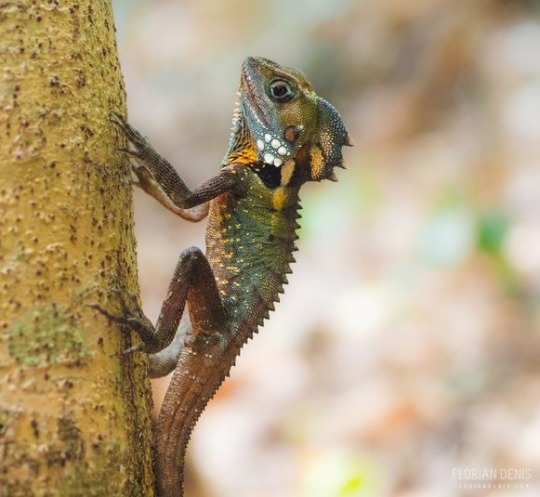
Boyd’s Forest Dragon (Lophosaurus boydii), family Agamidae, Lake Eachum, Queensland, Australia
photograph by Florian Denis
937 notes
·
View notes
Text

hello mr. lyrebird!!
#interrupted my trail run to sing me a little song#thanks king ily#photo#my photo#australia#birds#lyrebird#bird photography#animal#nature#trail running#outdoors#forest#trees#mountains#blue mountains#sylvieposting
163 notes
·
View notes
Text

foggy morn
#australia#western australia#landscape#landscape photography#photographers on tumblr#nature photography#nature#photography#lensblr#original photographers#countryside#country#farmcore#farm#fog#foggy#foggy aesthetic#trees#woods#forest
1K notes
·
View notes
Photo

“ Three Sisters “.// Steve Zhang
#Three Sisters Peak#New South Wales#Australia#nature#landscape#mountainscape#wwaterfall#river#Forest#trees#aesthetics#wanderlust#explore#follow#discover
1K notes
·
View notes
Text





One of the few egg-laying mammals on our planet is the echidna. They are medium sized solitary mammals covered in fur and spines made of keratin. Although they closely resemble hedgehogs and fill the same ecological niche they are not closely related at all. ©Ross Holdsworth
688 notes
·
View notes
Text
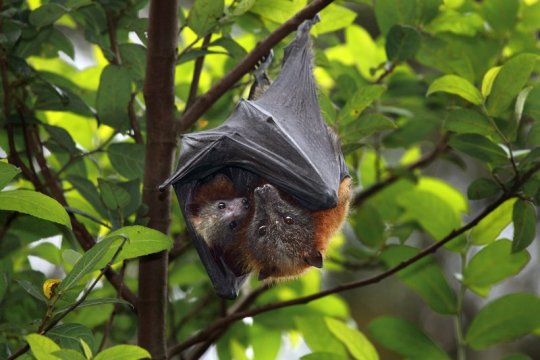
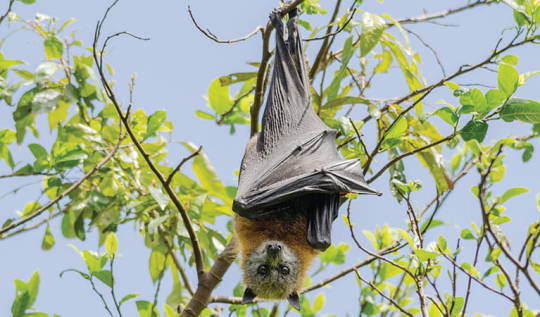
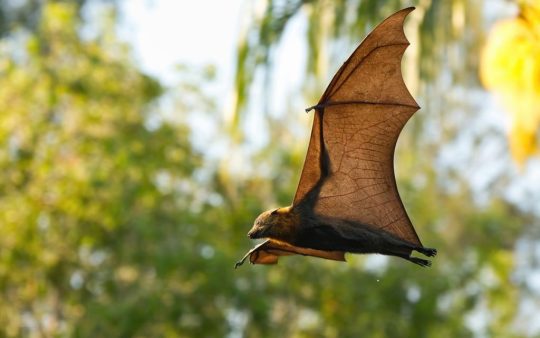
Get Foxy with the Grey-headed Flying Fox
Pteropus poliocephalus, better known as grey-headed flying foxes, are a species of megabat native to eastern Australia. They are typically found in rainforests, woodlands, and swamps, but they have also become common in more agricultural and urban areas, particularly those that maintain large groves of trees. They are semi-migratory, moving when food availability diminishes, and can travel over 1000 km (620 mi) over the course of a season.
Like most bats, grey-headed flying foxes forage at night. They feed exclusively on fruit, pollen, nectar, and tree bark-- most commonly from figs and two species of eucalyptus tree-- and may fly up to 50 km (31 mi) in a single night to find food. Although they are quite large, P. poliocephalus can fall prey to eagles, goannas and snakes, particularly as pups or juveniles.
Because they do not feed on insects, these bats do not use echolocation to navigate. Instead, they use a large range of calls to communicate with other members of their colony, which can contain several hundred members in the summer. Winter colonies are slightly smaller, and segregated by sex, but individuals and families within these groups will stay together for several generations.
Mating occurs between March and May, when males stake out territories and compete to attract females. After mating, mothers seclude themselves in a female-only colony and gestate a singe pup about 6 months after breeding. Weaning takes an additional 5-6 months, after which juveniles separate from their mother. Daughters typically stay within their mother's winter colony, while sons join the male colony after a year's time. Individuals take approximately 30 months to become fully mature, and may live up to 10 years in the wild.
The grey-headed flying fox is notable for being the largest of Australia's bat species. Adults can be anywhere from 600-1000 g (21.5- 35.2 oz), with a wingspan of up to 1 m (3.3 ft). As their name implies, the body is covered with burnt orange fur, and the face is large and fox-like, with none of the large ears or distinct nasal apparatuses that distinguish other bat species.
Conservation status: P. poliocephalus is considered Vulnerable by the IUCN. Populations are declining largely due to habitat destruction. Many individuals are also killed by farmers, who consider them to be pests.
Photos
Vivien Jones
Shane Ruming
Andrew Mercer
#grey-headed flying fox#Chiroptera#Pteropodidae#fruit bats#flying foxes#bats#mammals#tropical forests#tropical forest mammals#tropical rainforests#tropical rainforest mammals#deciduous forests#deciduous forest mammals#urban fauna#urban mammals#oceania#australia#east australia#biology#zoology#ecology#animal facts
74 notes
·
View notes
Text













Stamp House, Cape Tribulation, Australia,
Charles Wright Architects
#art#design#architecture#iconic architecture#brutalist#brutalism#pad#luxury house#luxury home#rain forest#resort#stamp house#australia#cape tribulation#eco-resort#sustainable architecture#alkira#retreat#daintree#queensland#charles wright#self sufficiency
104 notes
·
View notes